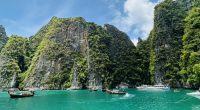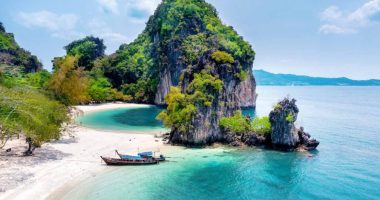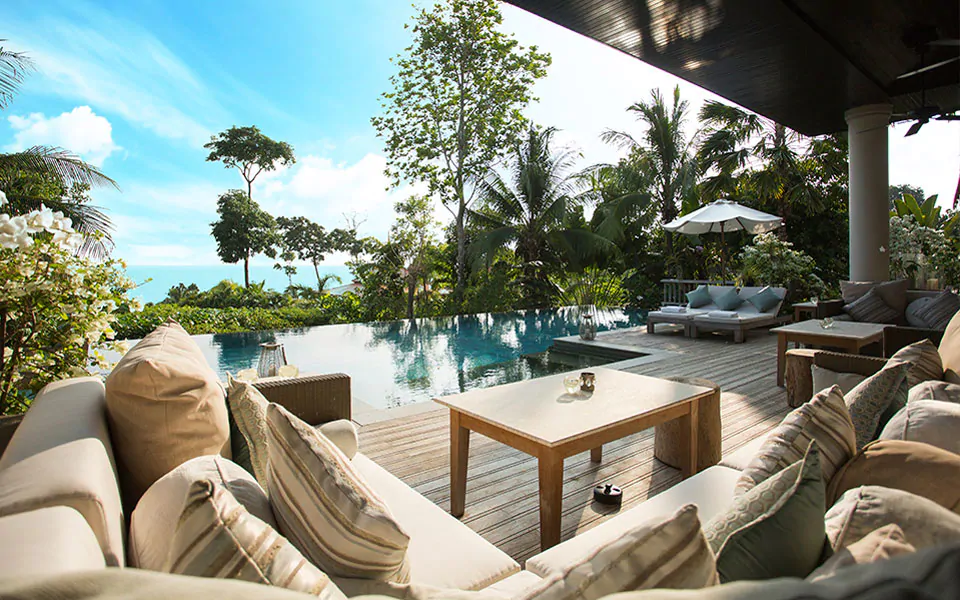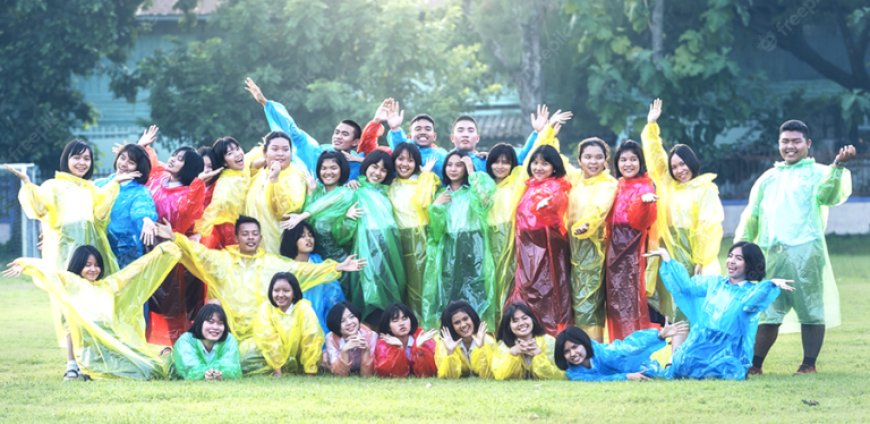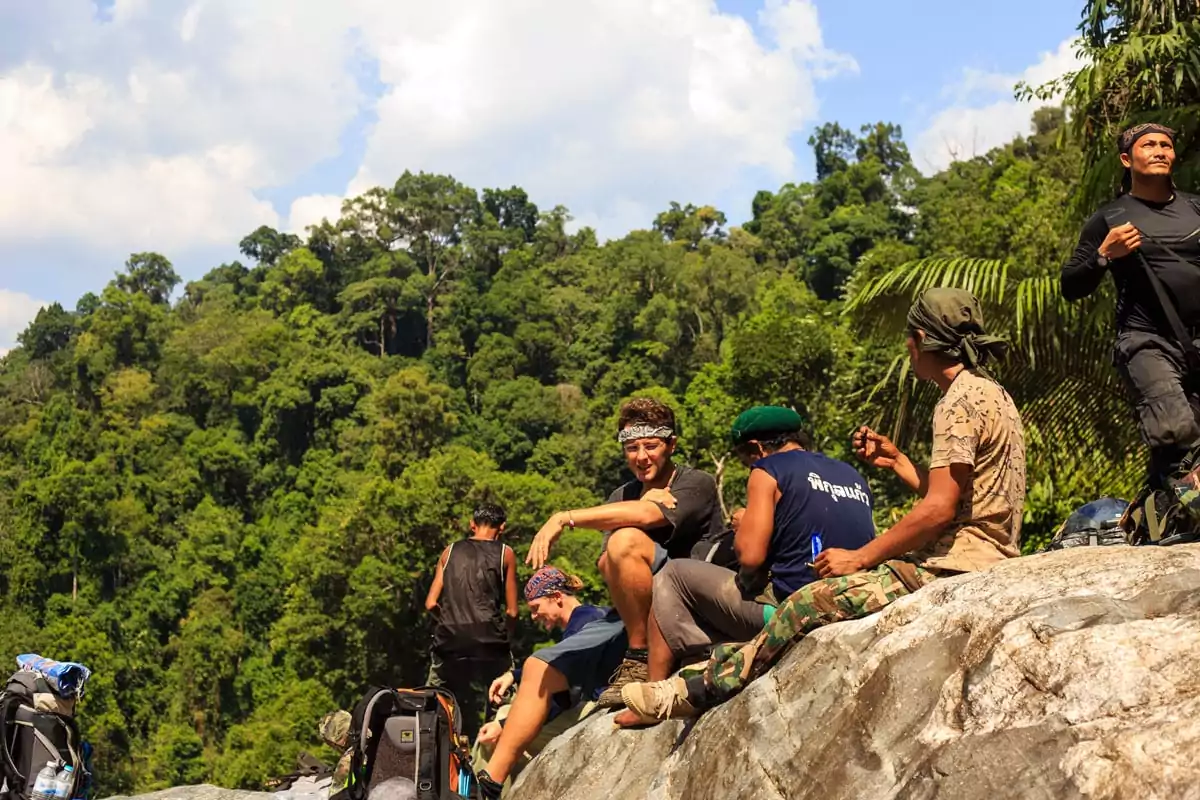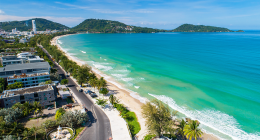James Bond Island, or Khao Phing Kan, is famous for its striking limestone cliffs and cinematic fame, but it’s also home to a fascinating array of wildlife. Located in Phang Nga Bay in Thailand, this unique ecosystem boasts a mix of coastal and marine species that thrive in the limestone caves, mangrove forests, and turquoise waters surrounding the island. If you’re a nature enthusiast, here’s what you can expect to see around this iconic spot.
1. Marine Life Around James Bond Island
- Colorful Tropical Fish
- Phang Nga Bay is filled with vibrant tropical fish, including parrotfish, angelfish, and butterflyfish. Snorkeling or diving around the area can reveal these bright, curious swimmers among the coral reefs and rock formations.
- Coral Reefs and Sea Anemones
- Coral reefs around the island house not only fish but also beautiful sea anemones. These ecosystems support a variety of species and add a stunning, colorful underwater world just waiting to be explored.
- Crabs and Other Small Marine Creatures
- Among the rocks and sandy shores, crabs can often be seen scurrying. Various types of small marine creatures like shrimp and sea cucumbers also populate these waters, contributing to the rich marine biodiversity.
2. Bird Species in the Limestone Cliffs
- Sea Eagles
- Sea eagles are a common sight around James Bond Island. These majestic birds of prey are often seen soaring above the bay, scanning the waters below for fish. Their distinctive white and brown coloring and wide wingspan make them easy to spot.
- Kingfishers and Herons
- The coastal and mangrove areas are ideal habitats for kingfishers and herons. With their striking colors and precision hunting techniques, kingfishers are a highlight, while herons wade through shallow waters, waiting to catch small fish and crustaceans.
- Swallows in the Caves
- Swallows make their nests in the island’s limestone caves. They play a crucial role in the ecosystem and contribute to the thriving birdlife around James Bond Island. In the evenings, it’s possible to see swallows returning to their nests in the cliffs.
3. Mammals and Reptiles on the Island
- Monkeys in the Mangroves
- The mangrove forests surrounding Phang Nga Bay are home to playful monkeys, often spotted foraging near the water or climbing trees. Long-tailed macaques are the most common species here, and they are known to approach visitors (sometimes in search of food, so exercise caution!).
- Monitor Lizards
- Monitor lizards, another resident of the island, can be found around the mangrove areas and rocky shores. These large reptiles are fascinating to observe as they move slowly and stealthily, and they play an important role in the local ecosystem.
- Bats in the Limestone Caves
- The island’s caves house bat colonies that are essential to the island’s natural balance. These insectivores keep the insect population in check and make for an interesting nocturnal wildlife encounter as they emerge at dusk.
4. Mangrove Wildlife – A Unique Ecosystem
- Mudskippers
- Mangroves around James Bond Island are teeming with mudskippers, fish that have adapted to survive on land and water. These quirky creatures hop along the muddy banks, an amusing sight for anyone exploring the mangrove ecosystem.
- Fiddler Crabs
- Fiddler crabs are another fascinating species found in the mangrove areas. These small crabs are recognizable by their one oversized claw, which the males use to attract mates. They play a vital role in the ecosystem, helping aerate the soil.
- Mangrove Snakes
- Though generally shy and hidden, mangrove snakes can be found in this region. These non-venomous snakes blend well into their surroundings and are rarely spotted by visitors, but they are crucial for maintaining the balance in the mangrove ecosystem.
5. Conservation Efforts and Respecting Wildlife
- Importance of Marine Conservation
- Phang Nga Bay, including James Bond Island, has witnessed an increase in conservation efforts to protect its unique marine and terrestrial life. Programs are in place to preserve the health of coral reefs, support birdlife, and ensure the natural beauty of the bay remains intact.
- Responsible Tourism Tips
- Visitors are encouraged to follow guidelines for respecting wildlife, such as not feeding animals, refraining from littering, and avoiding damaging coral reefs while snorkeling. Respecting these principles will help sustain the delicate ecosystem for future generations.
Discovering the Rich Wildlife of James Bond Island
James Bond Island offers a beautiful mix of marine and terrestrial wildlife that enchants nature lovers. Whether you’re snorkeling with tropical fish, watching sea eagles soar, or spotting curious monkeys in the mangroves, each wildlife encounter adds a unique touch to your visit. Observing and respecting these species will enrich your travel experience and contribute to the island’s conservation efforts, preserving its beauty for years to come.

